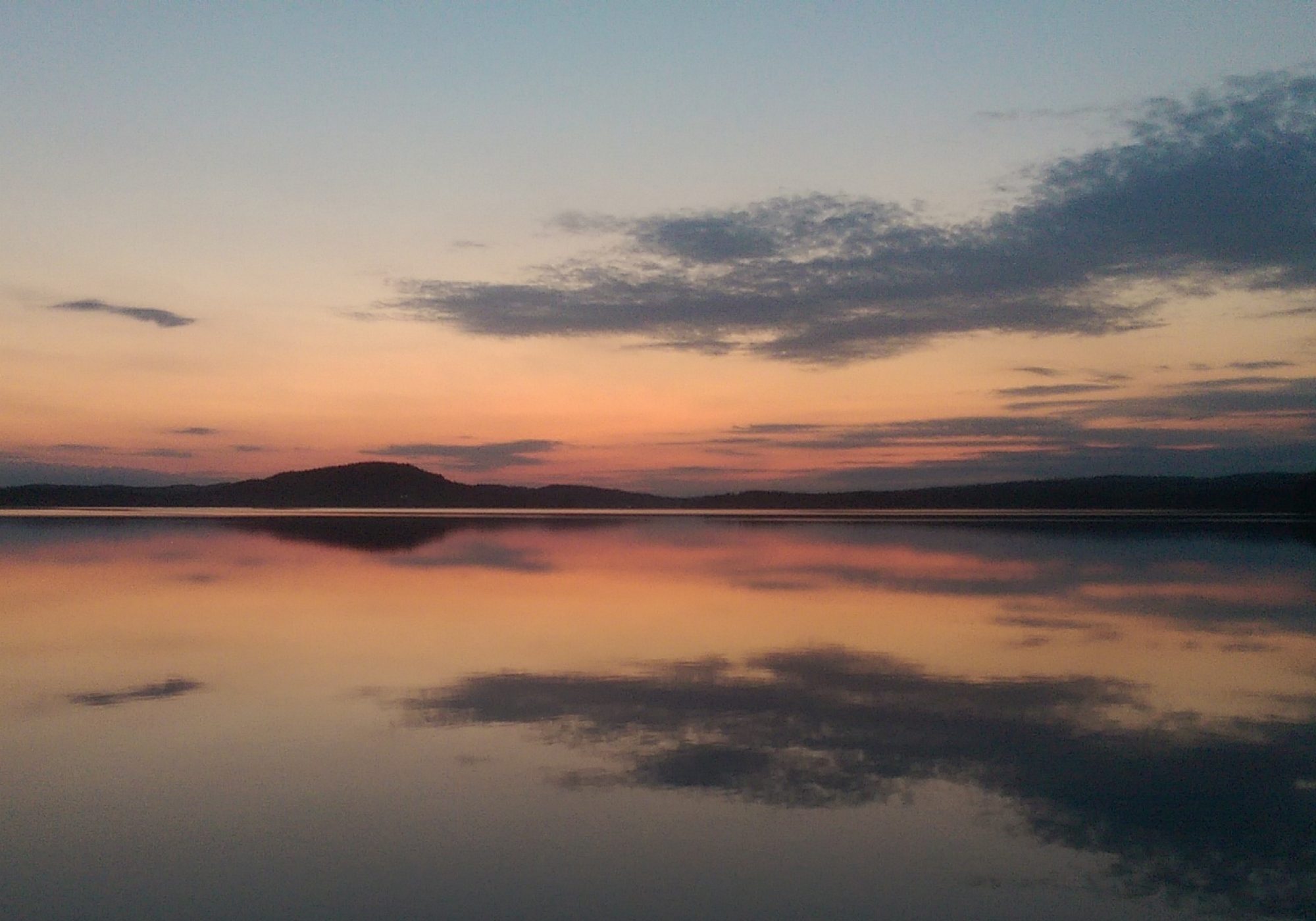Top 6 Pilgrimage Routes
6 – St Hilda’s Way. Opened this summer. Forty three miles starting from the beautiful village church of Hinderwell in North Yorkshire where St Hilda herself brought forth water on her way to Whitby. The route crosses the moors and takes in a number of quaint English village churches all associated with Hilda. It finishes among the ruins of Whitby Abbey perched high on the clifftop – also the setting for a memorable scene in Bram Stoker’s Dracula. Walk here at night and you’re likely to come across a few Goths soaking up the atmosphere.

5 – The White Horse Trail. Not a pilgrimage in the true sense but this 90 mile path through Wiltshire takes in eight giant horses cut into the chalk downs . The spiritual element – if that’s what you’re after – comes from passing through Avebury Stone Circle – a truly impressive feat of Neolithic engineering that for my money outshines Stonehenge. The Druids may have practised here long after the great circle of Sarsen stones was constructed but that doesn’t stop their modern day descendants holding many festivals here – most seem to involve copious quantities of alcohol.

OLYMPUS DIGITAL CAMERA

OLYMPUS DIGITAL CAMERA
4 – St Paul’s Trail, Turkey. Not for the faint hearted but stick with it and you’ll have a tale to tell the grandkids. This 300 mile route heads due north from the ancient ruins of Perga near Antalya to the equally ancient ruins of Antioch in Pisidia near the modern town of Yalvac. It was here that Christianity was really born after Paul and Barnabas were chased out of the synagogue. They “shook the dust” from their feet and turned to the gentiles instead. The Bible actually says next to nothing about that journey but this route – drawn up by English ex pat Kate Clow – follows a direct line and traces stretches of ancient Roman Road that St Paul would probably have used. It cuts through forests and mountains and stunning canyons. The waymarking can be variable and accommodation is basic to say the least but the locals are always pleased to see a tourist far from the beaten track and do their best to help with food and lodging. Two fish farms on the way provide beds and the best fish dinner you’ll ever eat. Beware the Anatolian herding dogs though. Not to be trifled with
3 – Mount Athos, Greece. If you’re a woman then skip this one. In fact you have no choice. The Orthodox monks who live in 20 monasteries stretched across the mountain have banned females for centuries. That includes female animals as well. Although it’s not an island it feels like one. The only way of getting on to this semi-autonomous enclave is by boat. Only ten non-Greeks are allowed on it per day and you have to apply for a special permit. You then have four days in which to walk to whichever monasteries you have pre-booked, You eat in silence with the monks who can be quite a dour lot if truth be told. But accommodation and food is free. And you are welcomed at the end of a day’s trekking with the traditional glass of Raki, Ice cold water and Turkish delight. You can also hike to the top of Mount Athos if you’re feeling particularly tough. Just don’t take any pictures of the monks – they don’t like it.
2 – Caminho da Fey, Brazil. Three hundred miles through the sugar cane plantations and mountains of the stunningly beautiful Minas Gerais state in South East Brazil. This trail was designed by the lugubrious Almiro Grings, a retired businessman who twice walked the Camino de Santiago in Spain and decided to construct something in Brazil. Yellow arrows point the way and there is a network of cheap hotels and pousadas (hostels) You may want to give the plantations a miss after a day or so..the monotony can be wearing. But once you’re in the mountains – wow! You’ll see the most breathtaking night skies, awe inspiring sunrises and sunsets and drink free Cachaca with friendly locals (it’s a sugar based spirit that goes into Caiparinha cocktails) The Caminho finishes in Aparaceda where the second biggest basilica in the world holds the tiny clay statue of the Madonna found in nearby river in 1717. It’s been linked with many miracles. Twelve million South American Catholics visit the basilica every year . But don’t worry – only a handful walk the Caminho.
1 – Camino da Santiago de Compostela. Spain. Had to be really. Start from anywhere you like but the classic route is the Camino Frances – 500 miles from the French town of St Jean Pied de Port in the Pyrenees. Again, yellow arrows point the way ever westwards – it’s almost impossible to get lost. You pass through numerous tiny towns and villages but also the three major cities of Pamplona, Burgos and Leon where the nightlife provides a welcome break from the rigours of the trail. Aubergues (hostels) provide cheap and basic accommodation and meals. Do it in summer – it’s hot but not murderously so (this is the North of Spain remember) Finish at Santiago where the bones of the St James the Apostle are said to rest..or carry on to the coast at Finisterre (end of the world) Some peregrinos (pilgrims) burn their clothes there in a symbolic act of renewal. Along the way you’ll walk with pilgrims from across the world. Some for a few hours, some for a few days and maybe some for the estimated 4 weeks it takes the average hiker. It’s likely that lifelong friendships will be formed. Be warned though – many pilgrims find it difficult to return to the routine of normal life almost everyone gets the post Camino blues.














